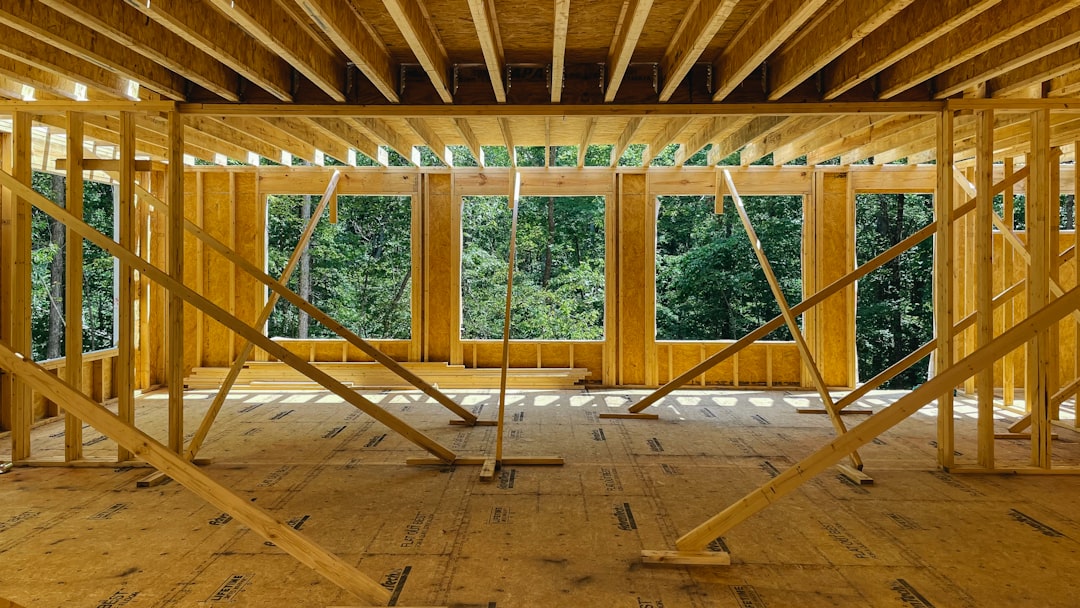Understanding Trim Replacement Costs for Professionals
Replacing interior trim is a common task in residential construction, but understanding the costs involved is crucial for trade professionals. The cost to replace trim in a house can range from $4 to $10 per linear foot, depending on materials and labor. This guide provides a detailed breakdown of costs and considerations for construction professionals.
Factors Influencing Trim Replacement Costs
- Material grade and profile style
- Linear footage and room count
- Removal, disposal, and surface prep
- Paint, stain, or specialty finishing
- Labor rates in your local market
Material Options and Price Ranges
- MDF colonial casing: $0.90 – $1.60 per linear foot
- Finger-jointed pine: $1.25 – $2.50 per linear foot
- Poplar or alder for paint-grade: $2.00 – $3.75 per linear foot
- Premium hardwoods (oak, maple): $3.00 – $6.50 per linear foot
- Custom milled profiles: $7.00+ per linear foot
Labor and Finishing Costs
- Removal & disposal of old trim: $0.50 – $1.00 per linear foot
- Installation labor (carpentry): $1.75 – $4.50 per linear foot
- Caulking, sanding & nail hole fill: $0.30 – $0.60 per linear foot
- Painting or staining: $0.75 – $1.85 per linear foot
Total typical range: $4 – $10 per linear foot all-in for standard paint-grade material.
Sample Whole-Home Estimate
For a 2,000 sq ft Los Angeles home with 650 linear feet of trim:
- Materials (paint-grade poplar at $3.00/ft): $1,950
- Removal & prep (650 ft × $0.75): $487
- Installation labor (650 ft × $3.25): $2,113
- Painting two coats (650 ft × $1.25): $812
Projected total: $5,362 or roughly $8.25 per linear foot.
Streamlining Trim Replacement with CountBricks
Step-by-Step Process
- Speak your scope: on-site or over video, describe each room and trim profile.
- AI takeoff: CountBricks maps footage to current lumber prices and local labor data.
- Instant revision: Change material or finish verbally; the numbers update in real time.
- Receive branded quote: Download a polished proposal ready for client signature.
- Sync to invoice: Approvals automatically flow into progress billing.
Cost-Saving Tips
- Reuse door jambs when possible to cut material waste
- Pre-prime trim lengths before install to reduce paint labor
- Group rooms with identical profiles for supplier bulk pricing
- Schedule carpentry and painting back-to-back to avoid extra mobilizations
- Use CountBricks live pricing alerts to buy materials the week they dip
DIY vs. Professional Considerations
While some may attempt DIY trim replacement, complex projects with intricate profiles and high ceilings are best left to professionals. Consider tool rentals, learning curve, and finish quality when deciding.
Enhancing Home Value with Trim
Updated trim can significantly enhance a home's value, providing a cohesive look and increasing perceived space. Well-executed trim upgrades can yield a high return on investment.
Get Accurate Estimates
Visit CountBricks.com for precise estimates and professional quotes.
Case Study: Redwood Avenue Bungalow
The Hernandez family faced unexpected challenges when replacing trim in their 1920s bungalow. CountBricks provided a seamless solution, ensuring budget predictability and quality craftsmanship.
Project Snapshot
- Home size: 1,450 sq ft single-story
- Trim style: 1×5 flat stock baseboard, 3-inch craftsman casing
- Linear footage: 510 ft
- Timeline: 4 days demolition & carpentry, 2 days finishing
Dynamic Estimate Management
Using CountBricks, the project scope was updated in real-time, accommodating unexpected repairs without budget surprises. The platform ensured transparency and efficiency.
Financial Outcomes
- Original trim budget: $3,960
- Added sill plate repair: +$620
- Final approved total: $4,580
CountBricks facilitated smooth project execution with no change-order surprises.
Lessons for Future Projects
- Capture accurate footage with AI
- Maintain visible contingency lines
- Leverage real-time pricing for cost savings
- Document conditions with site photos for client trust
Experience CountBricks
For reliable estimates and streamlined project management, explore CountBricks.com.

